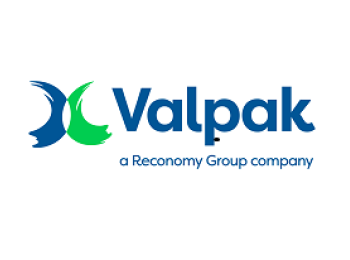The recent government consultation on waste electrical and electronic equipment (WEEE) has highlighted the role that local authorities may play in future household collections, while raising questions around resources, logistics and frequency.
The purpose of the latest consultation is to find a way to divert small, mixed WEEE away from the residual waste stream and into recycling. With 155,000 tonnes of this material – which, in many cases, also includes waste batteries – finding its way into black bins across the UK every year, action is needed to remove this potentially hazardous waste from landfill and energy recovery, and conserve valuable resources.
Under the new Extended Producer Responsibility (EPR) system, producers of electrical and electronic equipment (EEE) will be required to provide takeback systems in-store and to fund household collections. While we can assume that, with producers funding the service, they will be looking for a cost-efficient, effective service, no details have been specified, so the first consideration is, where will responsibility for new household collections lie, and what shape will they take?
Local authorities already visit households on a weekly or fortnightly basis. They operate collection vehicles, employ staff and maintain links with accredited reprocessors. Some have already introduced WEEE collections. Looking ahead, this may prove the most successful route for new household WEEE collections. But with no mandate to say that councils will manage future collections, alternative options may present themselves.
Aside from the logistics of collections, authorities should consider the impact of the new system on volumes of WEEE and their routes to recycling. For example, what impact will the increased responsibility on retailers to collect in-store have? Government is clearly hoping that household collections and retailer takeback may prove more convenient for householders, and result in greater volumes for recycling. This, in turn, should lead to a welcome reduction in hazardous small WEEE finding its way into residual bins and RCVs. However, if the strategy succeeds, it may also result in lower levels of WEEE delivered to HWRCs.
This side-effect deserves careful consideration. Under the new system, compliance schemes will continue to fund local authority collections at household waste recycling centres (HWRCs). Under the current system, compliance schemes offer added value for material arising through HWRCs. However, if these volumes were to drop, authorities benefit from lower levels of funding, while the levels of WEEE rise overall. Equally, HWRC priorities may change, with the need for on-site containers falling, especially where other materials compete for space.
The introduction of household collection is likely to have a significant impact on the UK’s WEEE arisings and likely significant cost to producers – but we will still need buy-in from householders. To ensure that we make the most of the opportunity, clear communications will be essential. With these in place, we can look towards a more responsible way of dealing with our waste electricals.



